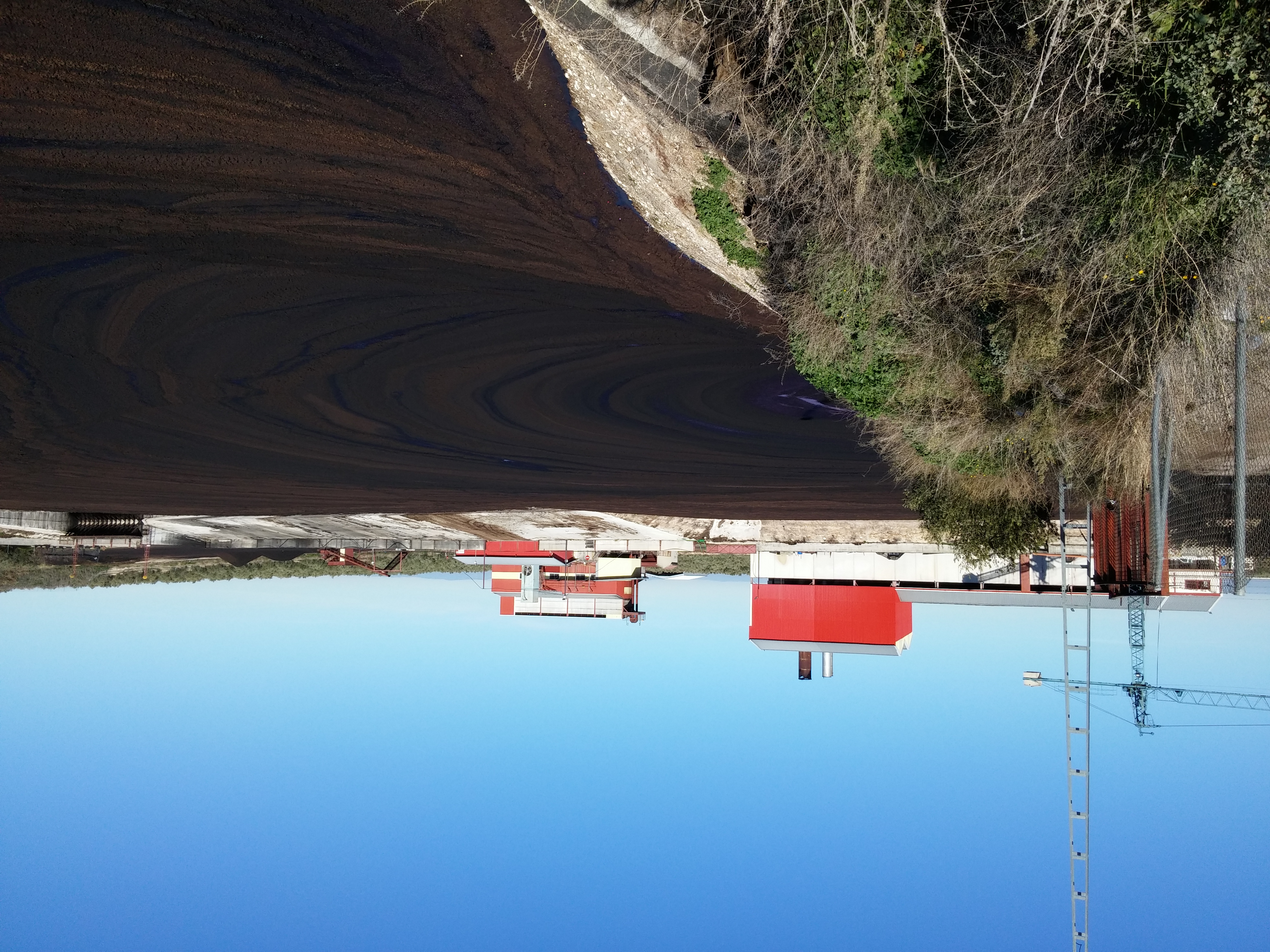Amurca on:
[Wikipedia]
[Google]
[Amazon]
Amurca is the bitter-tasting, dark-colored, watery sediment that settles out of unfiltered olive oil over time. It is also known as "olive oil lees" in English. Historically, amurca was used for numerous purposes, as first described by 
Cato the Elder on Agriculture
Toxicology Olive oil {{med-toxic-stub
Cato the Elder
Marcus Porcius Cato (; 234–149 BC), also known as Cato the Censor ( la, Censorius), the Elder and the Wise, was a Roman soldier, senator, and historian known for his conservatism and opposition to Hellenization. He was the first to write his ...
in De Agri Cultura, and later by Pliny the Elder
Gaius Plinius Secundus (AD 23/2479), called Pliny the Elder (), was a Roman author, naturalist and natural philosopher, and naval and army commander of the early Roman Empire, and a friend of the emperor Vespasian. He wrote the encyclopedic ' ...
. Cato mentions its uses as a building
A building, or edifice, is an enclosed structure with a roof and walls standing more or less permanently in one place, such as a house or factory (although there's also portable buildings). Buildings come in a variety of sizes, shapes, and fu ...
material (128), pesticide (91, 92, 96, 98), herbicide (91, 129), dietary supplement for oxen (103) and trees (36, 93), food preservative
A preservative is a substance or a chemical that is added to products such as food products, beverages, pharmaceutical drugs, paints, biological samples, cosmetics, wood, and many other products to prevent decomposition by microbial growth or by ...
(99, 101), as a maintenance product for leather (97), bronze vessel (98), and vase
A vase ( or ) is an open container. It can be made from a number of materials, such as ceramics, glass, non-rusting metals, such as aluminium, brass, bronze, or stainless steel. Even wood has been used to make vases, either by using tree species ...
s (100), and as a treatment for firewood in order to avoid smoke (130).

References
External links
Cato the Elder on Agriculture
Toxicology Olive oil {{med-toxic-stub